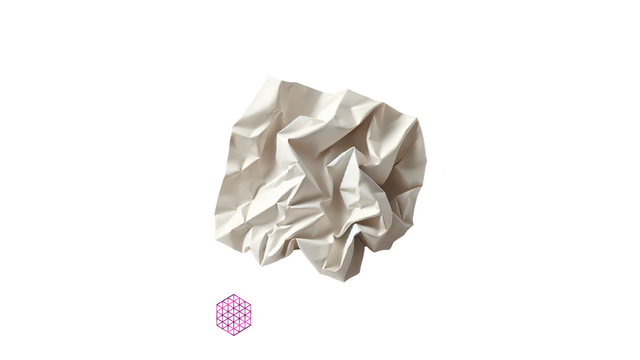1. Experiment with different lighting angles to bring out metal textures effectively.
2. Use a combination of bump and specular maps for a more realistic look.
3. Don't forget about the anisotropy map when working with brushed metal.
4. Subtle reflections can enhance realism, so fine-tune glossiness settings.
#MetalTextures #DesignTips #MaterialMapping #GraphicDesignSkills


